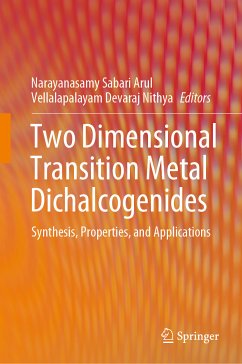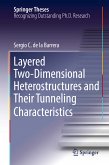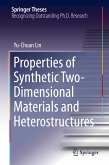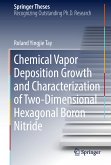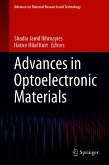This book presents advanced synthesis techniques adopted to fabricate two-dimensional (2D) transition metal dichalcogenides (TMDs) materials with its enhanced properties towards their utilization in various applications such as, energy storage devices, photovoltaics, electrocatalysis, electronic devices, photocatalysts, sensing and biomedical applications. It provides detailed coverage on everything from the synthesis and properties to the applications and future prospects of research in 2D TMD nanomaterials.
Dieser Download kann aus rechtlichen Gründen nur mit Rechnungsadresse in A, B, BG, CY, CZ, D, DK, EW, E, FIN, F, GR, HR, H, IRL, I, LT, L, LR, M, NL, PL, P, R, S, SLO, SK ausgeliefert werden.

